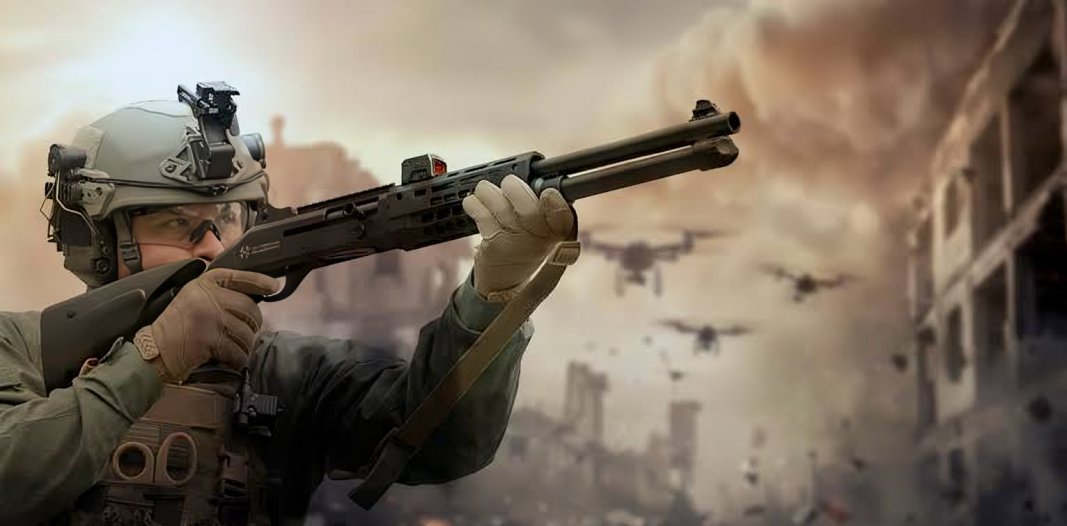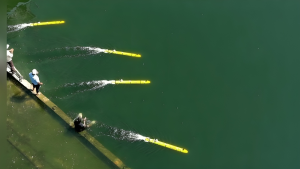The Indian Army is set to bolster its defenses against the rising use of unmanned aerial vehicles (UAVs) by initiating the procurement of 150 Counter-Unmanned Aerial System (CUAS) kinetic systems. These systems will be equipped with 12-gauge semi-automatic shotguns, specifically designed to disable drones weighing up to 30 kilograms. This acquisition aims to enhance the Army’s capability to tackle multicopters and quadcopters anticipated to be used in future conflict scenarios, particularly along the nation’s borders.
This strategic move is part of a broader military initiative to counter sophisticated drone threats that might bypass conventional electronic countermeasures. The shotgun-based systems are intended for close-range engagements and will complement the existing radar and jamming technologies currently employed by the Indian Army to bolster counter-drone operations.
The decision to acquire these systems follows the recent successful trials of the indigenous Rudrastra Hybrid VTOL UAV on June 11, 2025, at the Pokharan Firing Range. Developed by Solar Defence and Aerospace Limited (SDAL), the Rudrastra boasts extended flight endurance, real-time surveillance capabilities, and precision targeting up to a range of 170 kilometers. The Indian Army is also planning future investments in both indigenous drone technology and anti-drone defenses to enhance overall operational effectiveness.
Experts suggest that the deployment of these shotgun-based CUAS systems will address immediate battlefield challenges, particularly in scenarios where drones operate at low altitudes or in intricate environments. They are expected to provide rapid deployment capabilities and utility in terrains where electronic countermeasures may have limited effectiveness, such as urban or wooded areas.
Globally, similar counter-drone solutions are already in place. For instance, Belgium’s Kleine-Brogel Air Base has implemented the use of Benelli M4 shotguns for drone defense, while Ukraine’s 53rd Mechanised Brigade adapted comparable systems in 2024. The Drone Guardian variant of the Benelli M4 is recognized for its effective engagement range of up to 100 meters, a strategy likely to influence India’s deployments.
However, experts also highlight certain limitations associated with this technology. They caution that while these shotguns can provide crucial support, their effectiveness may be hampered by factors such as restricted range and the necessity for accurate visual tracking, thereby making them less suitable for long-distance engagements. Importantly, these systems are not intended to replace advanced counter-drone technologies; rather, they will serve as a supplementary layer within a multi-tiered defense strategy.
In light of anticipated shifts in conflict dynamics, the Indian Army is expected to develop a counter-drone doctrine emphasizing hybrid solutions that combine kinetic, electronic, and AI-driven technologies. With the evolution of drone warfare set to become more prominent in modern conflicts, this acquisition marks a significant step in India’s proactive adaptation to an increasingly complex threat landscape.


















